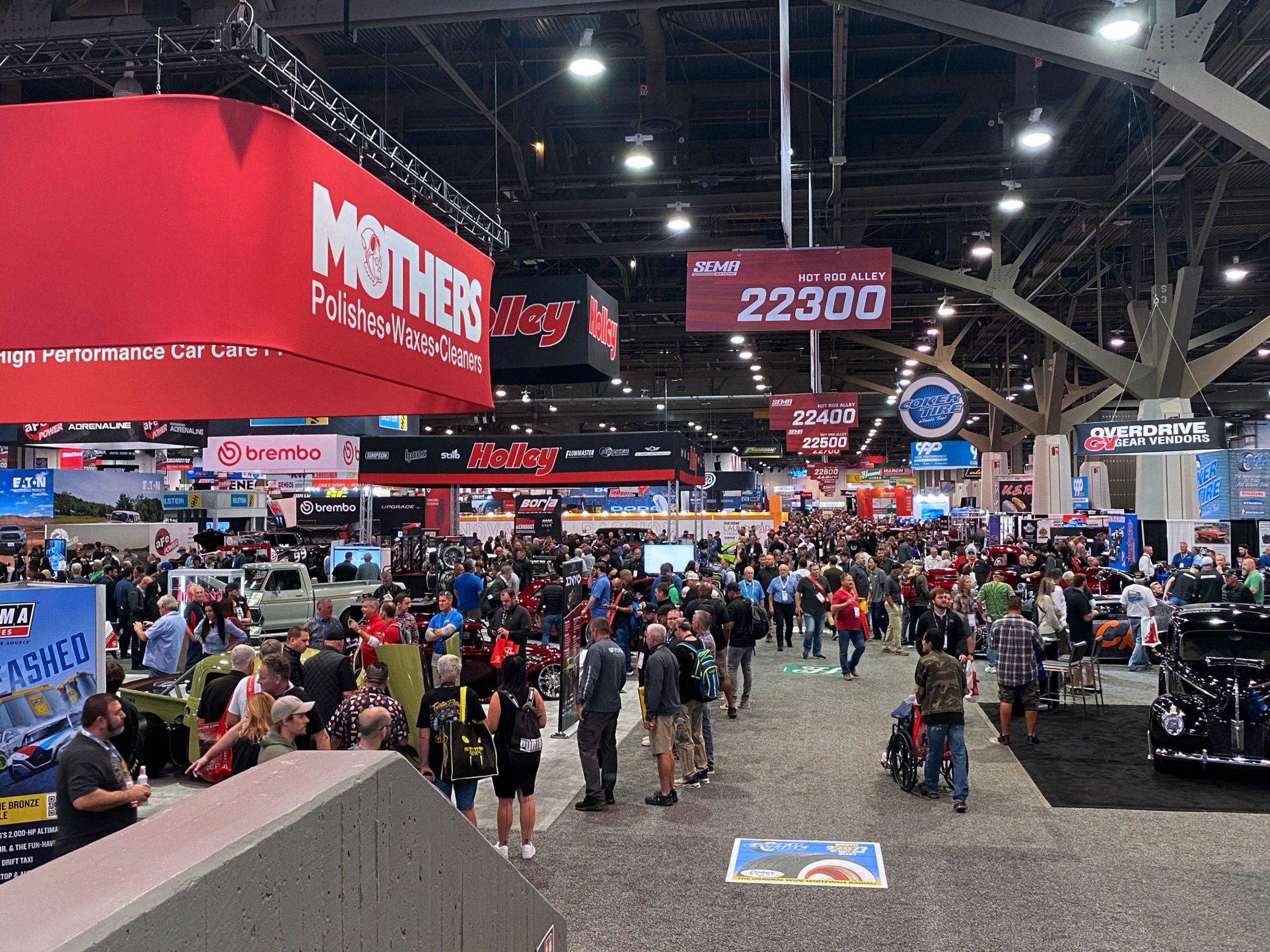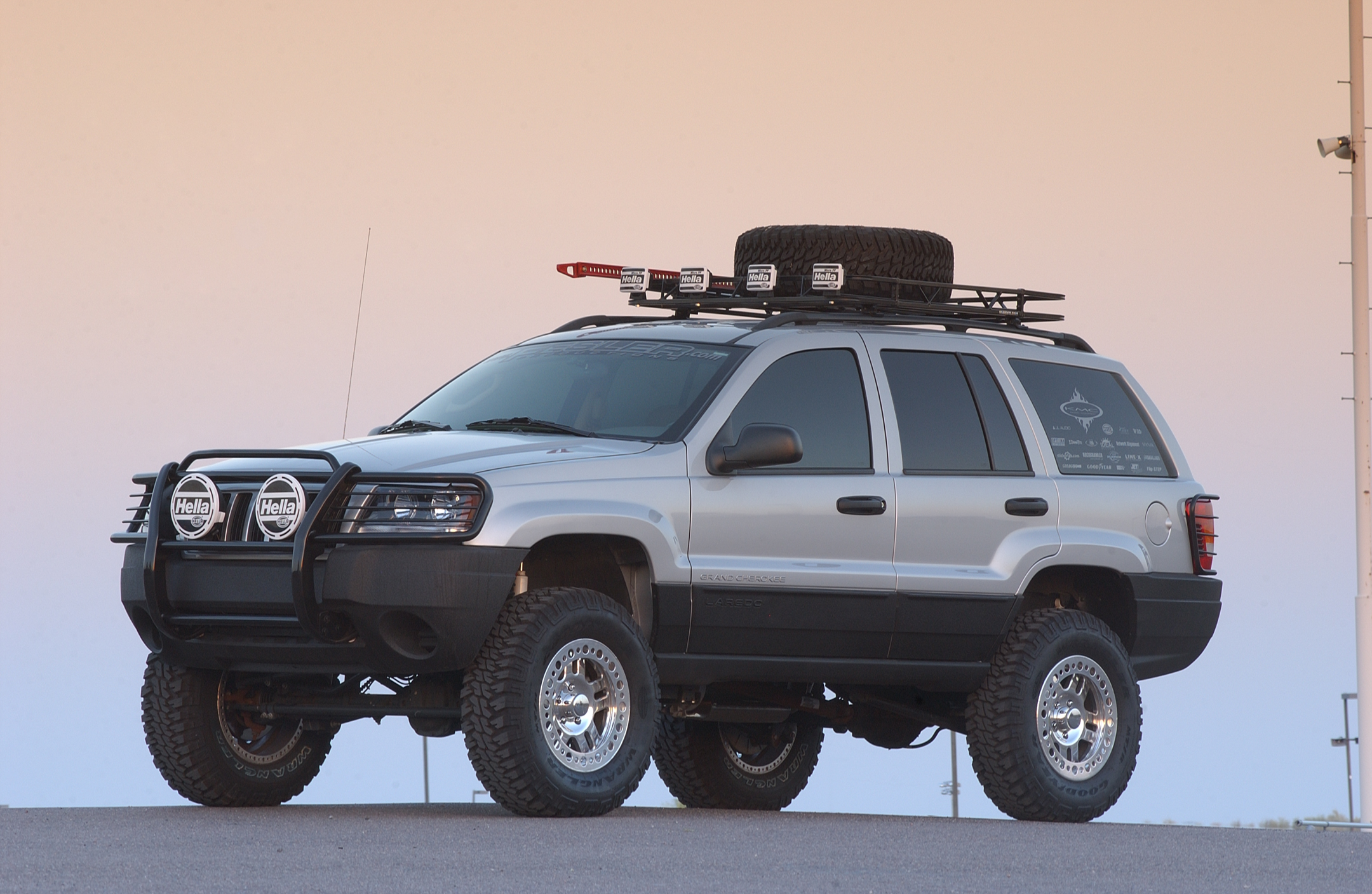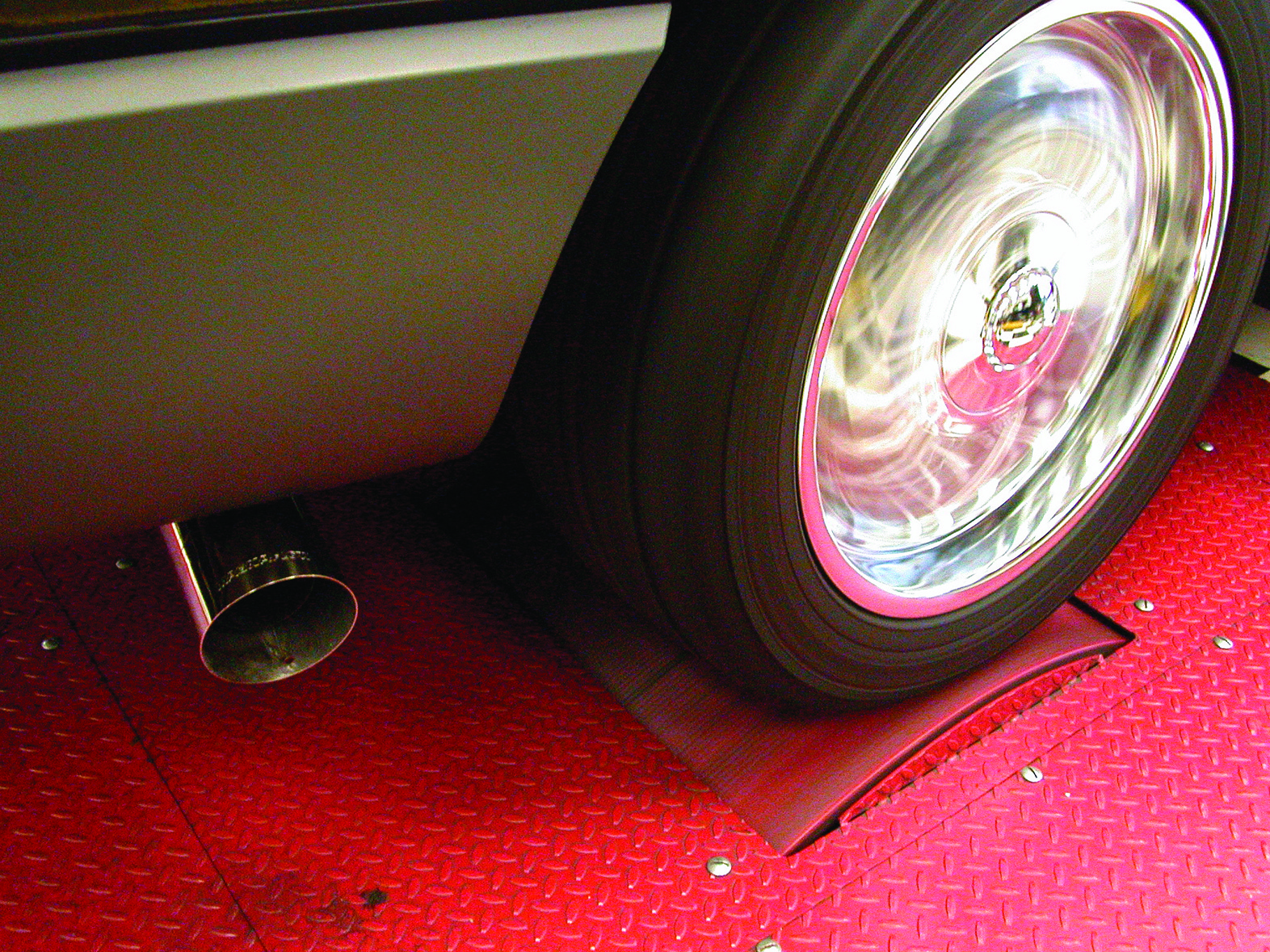Trucks

If you are towing your rig with a ’99-’06 General Motors truck, or a Chevy or GMC vehicle, there’s a good chance you have experienced a strange clunking noise when making slow turns. The clunking noise seems to originate from within the steering column, and some owners can actually feel a small vibration in conjunction with the clunking. If you have encountered this problem, it’s not your imagination, as there appears to be a unique conundrum associated with Chevy and GMC pickups, and their corresponding SUVs.

The Specialty Equipment Market Association (SEMA) Show engulfs Fabulous Las Vegas annually. It brings together the biggest names in the automotive world to show off the latest and greatest, whether it’s new products, amazing custom builds, or the newest trends. TheAutoBuilder is excited to be in the thick of it all.

LS Swaps are extremely popular, and for good reason! ACES EFI makes the swap process super simple with its Jackpot EFI system. Check out this awesome ‘83 Chevrolet Silverado and get the finer points of the Jackpot from Kim and Pete!

When this ʼ54 Chevy truckʼs owner started building it, he wanted it to be fast and to have a nasty appearance. He always liked the Pro Street style, so that is the direction he decided to follow. He started by ordering a custom back half that was narrowed and set up with a narrowed rear differential with coilover shocks, a Panhard bar and ladder bars. In order to complete the back half, the car was delivered to Dream Cars, where the suspension was installed.

With the Jeep legend continuing to grow it is no wonder that more and more people are finding ways to customize their Jeep. Whether it is traditional Wrangler or a new more luxurious Grand Cherokee, people seem to want to feel that Jeep energy; the energy that has gotten Jeep where it is today.
Typically, winter isn’t the time of year when we are thinking about a car’s air-conditioning system…or is it? It’s understandable that we would tend to think about “fixing” the A/C during the dog days of summer, July or August, but once the car is put up for the winter, those hot and humid days are often forgotten. And short of those comfortable windows-down driving months, when we first pull out the car again for the next season, it’s smart to think about giving the A/C system the attention it needs. So, we think this is a great time to present to you troubleshooting highlights so that you can rip into the car and upgrade the necessary areas before the cycle continues.
When building a street rod there are a great many facets of the construction process that go into making the car an award-winning creation. First, there’s planning. The planning of the car can and should include attention to each and every area of the car, from concept to reality. Even the most basic of projects should have the proper planning involved, no matter what the final product might be. Once work has begun on the project, countless hours are generally involved in attending to every detail. From making the many modifications to the chassis to attain the desired drive train, to the matching and mating of the different components together, this becomes an involved process requiring a great deal of skill in fabrication and engineering.
Time and time again, our advice to those interested in learning about stout-running engines is that it’s the total combination that makes it all happen—considering, of course, that components are prepped, cleaned and assembled as if in a “clean room.”
We first wrote about this 565-cubic-inch Dart “Big M” engine, equipped with Dart Big Chief II Pro Stock-type aluminum heads, back in our October ’04 issue. The engine builder was Quarter Mile Performance in Chatsworth, California, and at the time, we called it “possibly the world’s most powerful four-barrel big-block.” It produced 1037 horsepower at 7200 rpm and 806 lb-ft of torque at 5500 rpm–plenty stout by anyone’s standards.








